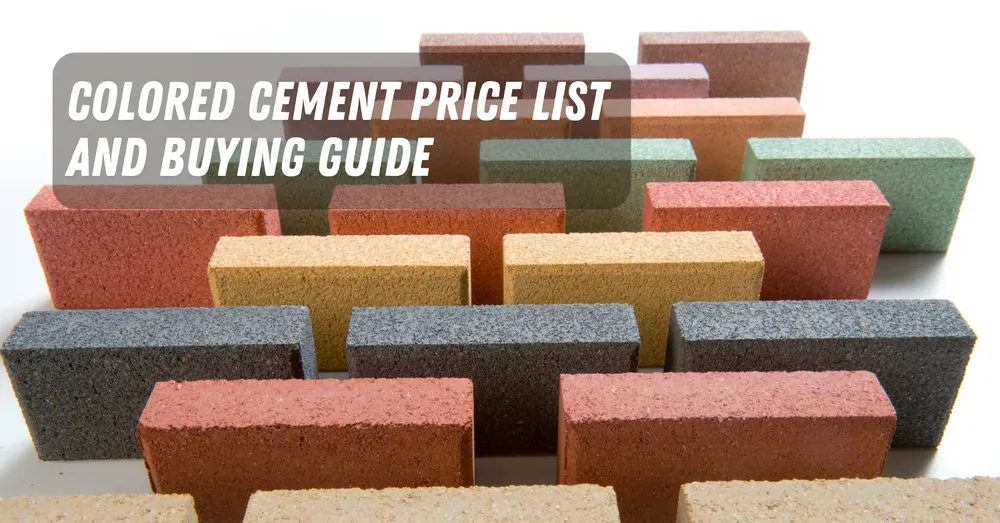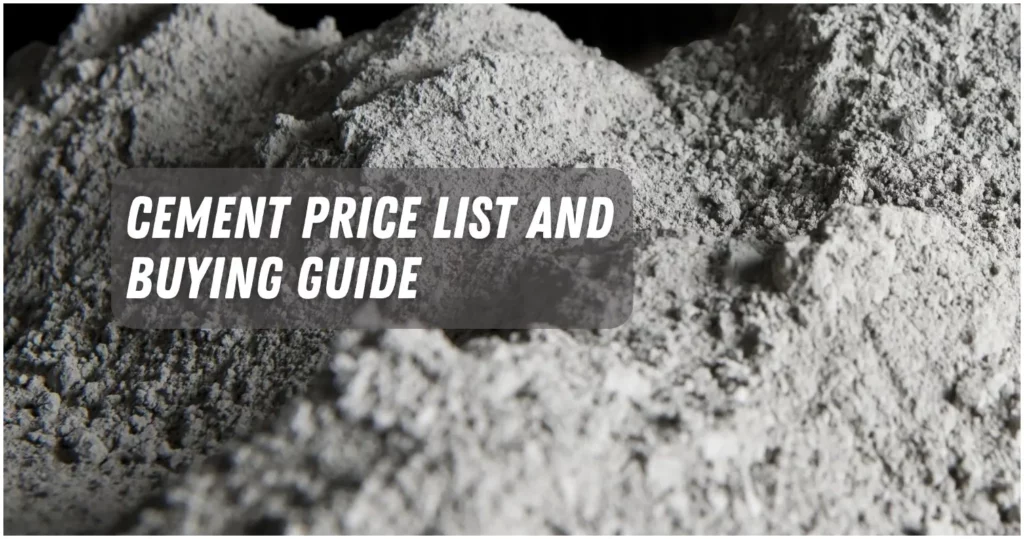Colored cement is an affordable price cement that has been mixed with pigments to make various colors and shades.
It can be used for a variety of things, including artistic projects, gardening, and decorative flooring and wall finishes.
Colored cement can also improve the look and durability of concrete buildings.
In this piece, we’ll talk about some of the uses, benefits, drawbacks, and prices of colored cement in the Philippines, which usually ranges from 35 to 50 per kg.
What is Colored Cement?
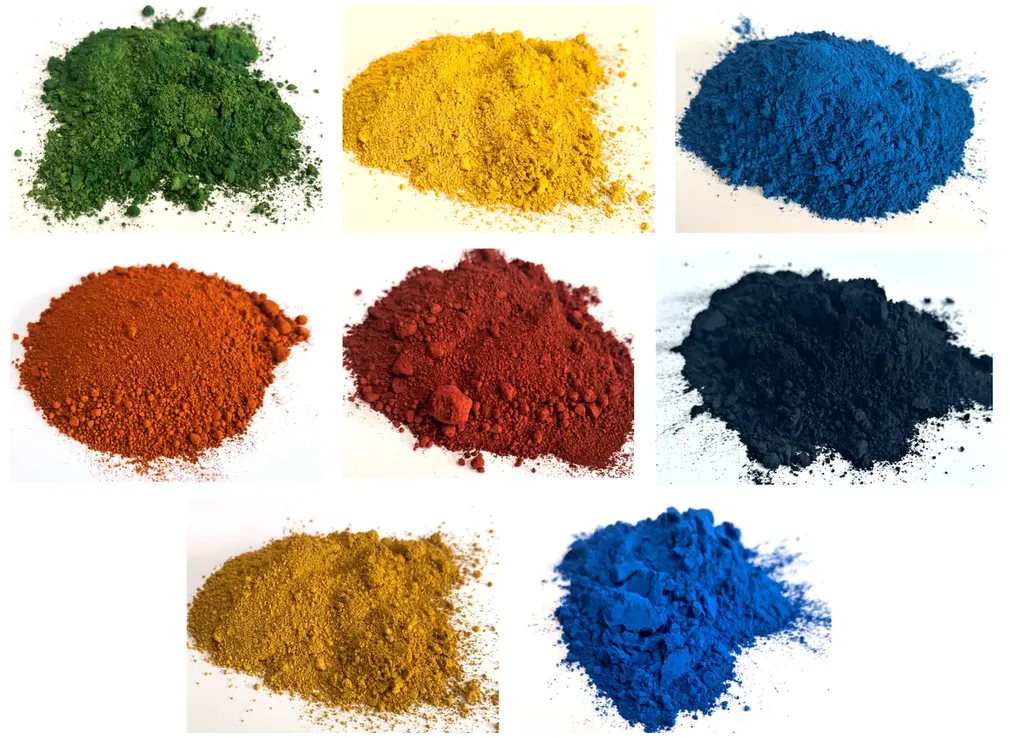
Colored cement is made by mixing pigments into ordinary Portland cement (OPC) or white cement during the production process.
Pigments can be either natural or made in a lab, and they can make a wide range of colors, from earth tones to bright colors.
The color and strength of colorful cement depend on how much and what kind of pigments are used.
Color Cement Uses
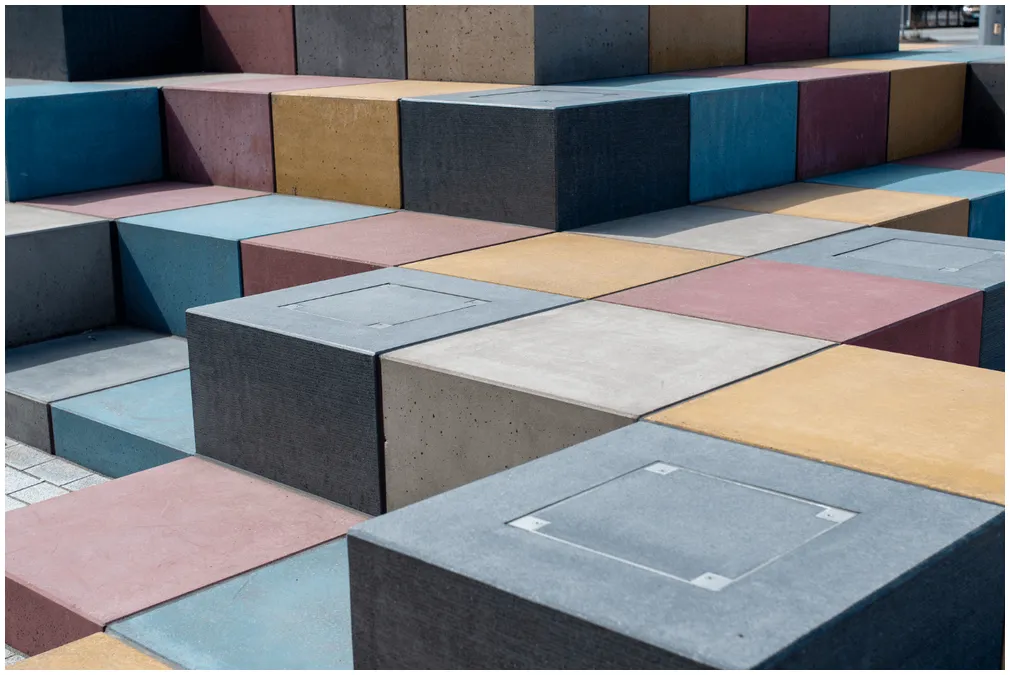
Colored cement can be used for various applications, such as:
- Decorative flooring:
For decorative flooring, you can mix different colors of colored cement or use stamps or molds to make patterns, designs, or different textures on the floor. Colored cement floors last a long time, are easy to clean, and don’t get stained or worn down. - Wall finishes:
Colored cement can be used as a plaster or a layer on walls, both inside and outside. Colored cement walls can add style and personality to any room, and they can also protect the walls from water damage and the effects of the weather. - Landscaping:
In landscaping, you can use colored cement to make paths, patios, driveways, and garden features like planters, fountains, and statues. Colored cement can go well with the greenery around it or stand out against it. - Artistic projects:
Colored cement can be used to make murals, drawings, mosaics, and statues, among other things. Colored cement can be shaped and made into different shapes, painted, or decorated with other materials.
Colored Cement Price List
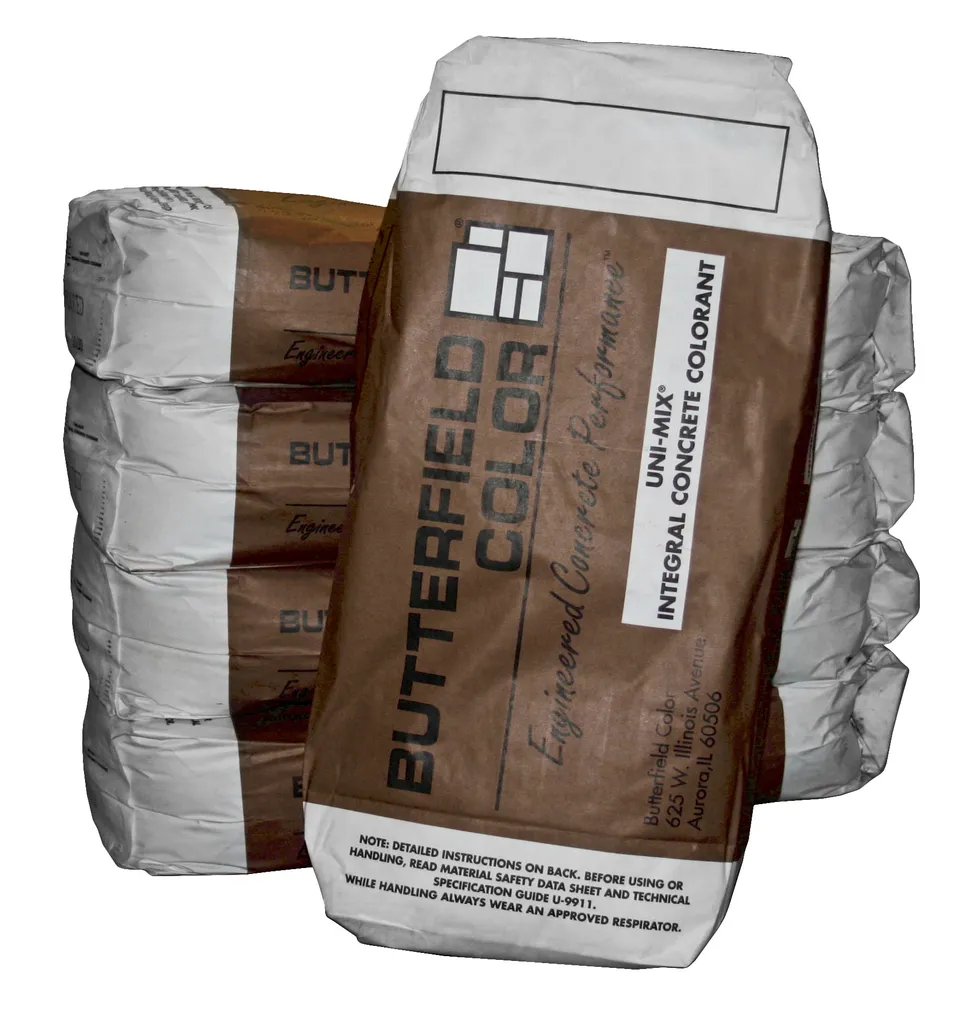
The price of colored cement relies on a number of things, like the brand, quality, amount, color, and location.
Here are some prices for colored cement in the Philippines that are close to the mark:
| Color Cement | Price per Kg |
|---|---|
| Blue cement | ₱35 – ₱50 |
| Black cement | ₱35 – ₱50 |
| Green cement | ₱35 – ₱50 |
| White cement | ₱35 – ₱50 |
| Red cement | ₱35 – ₱250 |
These prices are just a guide, and they may change based on the market and what’s available.
Before you buy something, you should compare prices from different sellers and check the quality and name of the items.
Color Cement Pros and Cons
There are some pros and cons to colored cement that you should think about before using it for your job. Here are a few examples:
Pros:
- Colored cement can give your room or project a unique and attractive look.
- You can use colored cement to match or go with any color scheme or theme you want.
- Colored cement can make your building or surface last longer and be stronger.
- Colored cement won’t lose its color, chip, peel, or crack over time.
- Colored cement can be easy to keep clean and maintain if you sweep and wash it often.
Cons:
- Colored cement can cost more than white or regular cement.
- Without the right tools or help from a professional, it can be hard to spread colored cement evenly and smoothly.
- Colored cement can be changed by things like sunshine, water, temperature, or chemicals in the air.
- Depending on the materials and brands that are available, colored cement may only come in a small number of colors.
- Colored cement can have different colors based on how it is mixed and how long it is left to dry.
White Cement vs Colored Cement
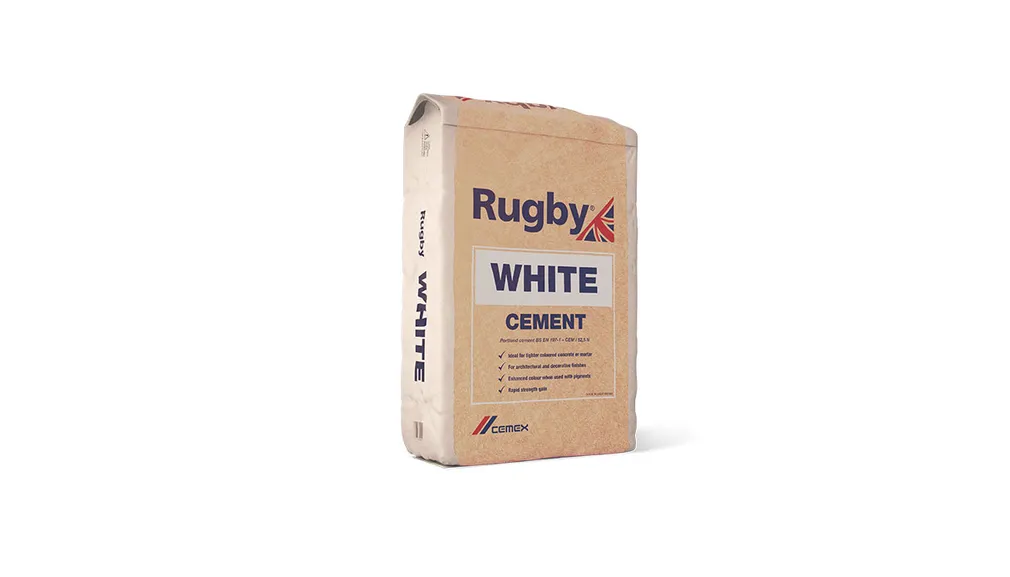
White cement is a type of OPC that has been processed to remove most of the iron oxide and other impurities that make ordinary cement look gray.
It is very white and bright, which makes it good for things that need a pure white color or a base for other colors.
Colored cement is a type of white or OPC cement that has been mixed with dyes to make different colors and shades.
Colored cement is not as bright and white as white cement, but there are more color choices and variations.
The major changes between white cement and colored cement are:
- White cement is more expensive than colored cement because it is better quality and more expensive to make.
- White cement is more flexible than colored cement because it can be used as a base for any color or mixed with other things to make different effects.
- White cement is more sensitive than colored cement to things like sunlight, wetness, temperature, or chemicals that can cause it to change color or break down.
- White cement is more uniform in color and texture than colored cement because it has fewer impurities and differences.
Things You Should Know about Colored Cement
Before buying or applying colored cement, here are some things you should know:
- How do you apply color to cement?
Color can be added to cement either by mixing pigments into the cement before adding water (integral coloring) or by putting pigments on the top of hardened cement (surface coloring). - Which cement color is best?
The best color of cement relies on what you like and what the project is for. Choose a color that goes with or goes well with the colors you already have, and think about availability, quality, and price. - Can I color cement with paint?
Even though it is possible, it is not a good idea to paint cement. Paint can flake, crack, fade, and make it harder for cement to stick. It’s better to use dyes that are made to color cement. - Does colored concrete fade?
Over time, colored concrete can lose its color because of the sun, weather, wear, or chemical processes. You can keep colors from fading by using high-quality pigments, putting a protection sealer on them, and taking care of them regularly. - What are coloring agents for cement?
Pigments are added to the cement mix or spread on the surface to give it color. They make a wide range of colors and tones. Pigments can be natural or made in a lab. They can be made of organic or inorganic matter, and they can be powder or liquid. Iron oxides, carbon black, chromium oxide, titanium dioxide, and ultramarine blue are all examples of colors.
We hope this piece has helped you learn more about the price of colored cement in the Philippines and other related topics.
Please feel free to get in touch with us if you have any questions or thoughts.
[ratings]